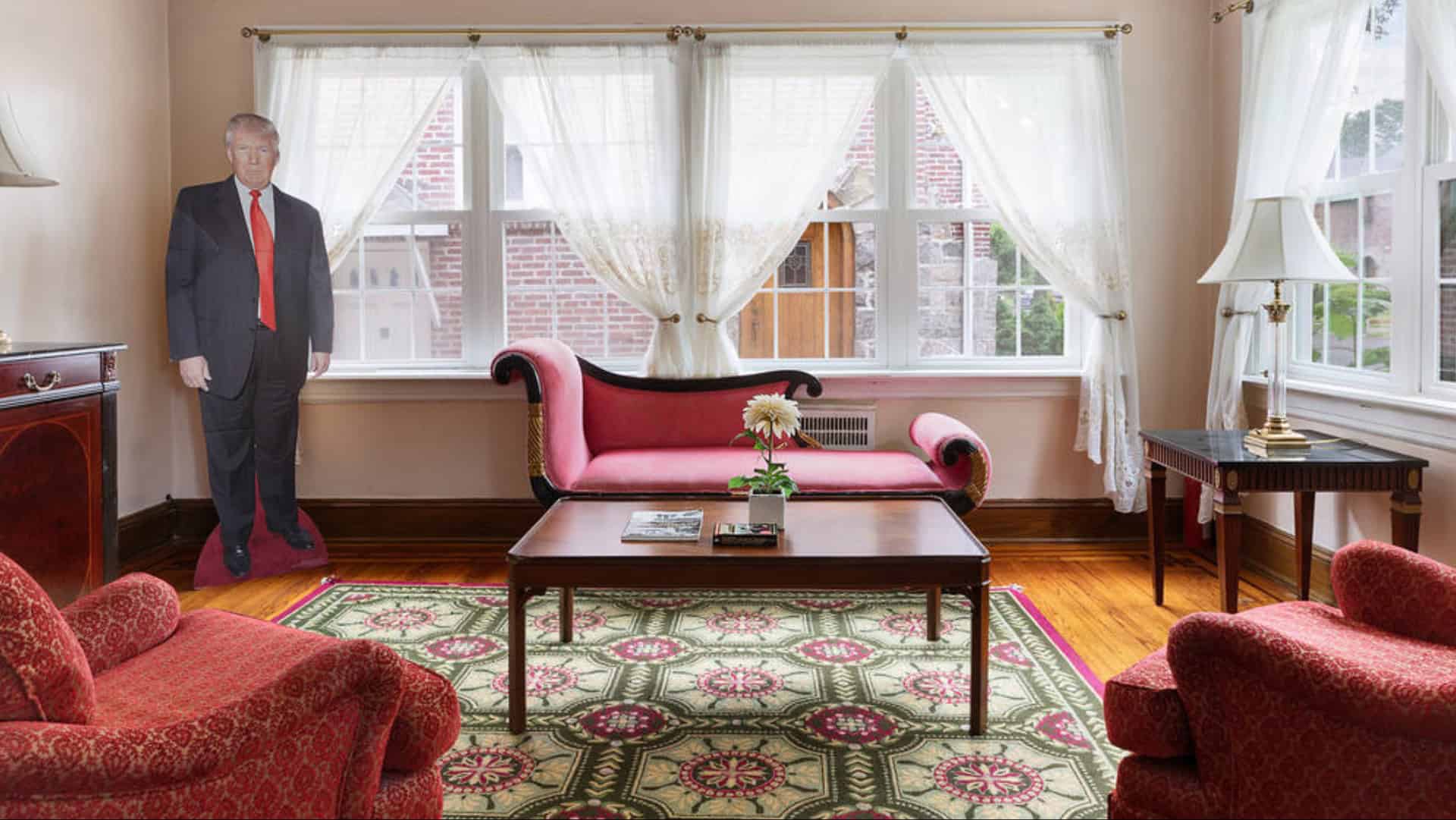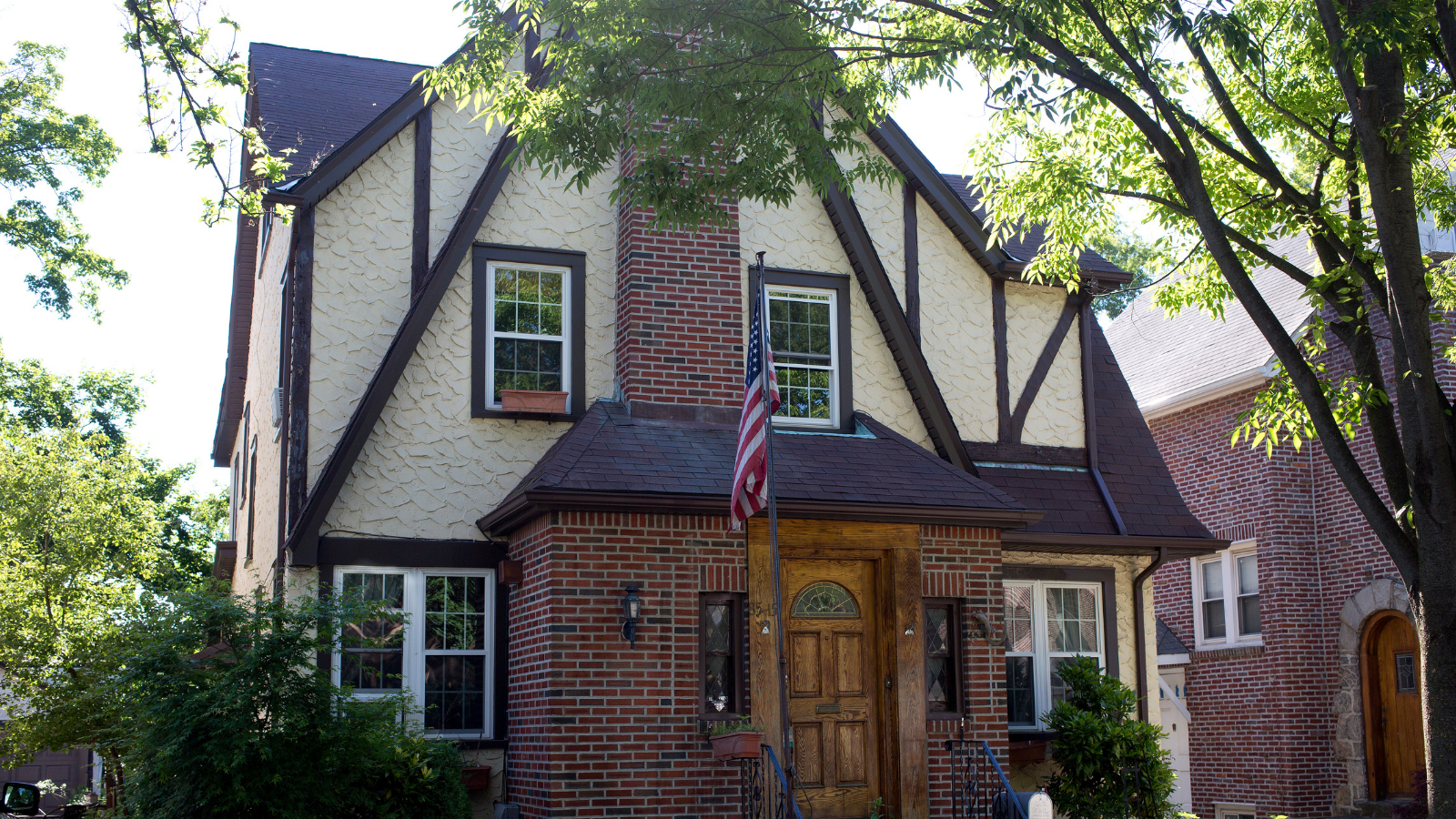Donald Trump’s childhood home in Queens, New York, has witnessed a fascinating journey over the years.
Originally built by his father, Fred C. Trump, the house has seen ownership changes, periods of neglect, and even a swarm of feral cats!
Join us as we delve into 10 intriguing facts about this iconic residence, where young Donald lived until the age of four.
1. The Original Builder
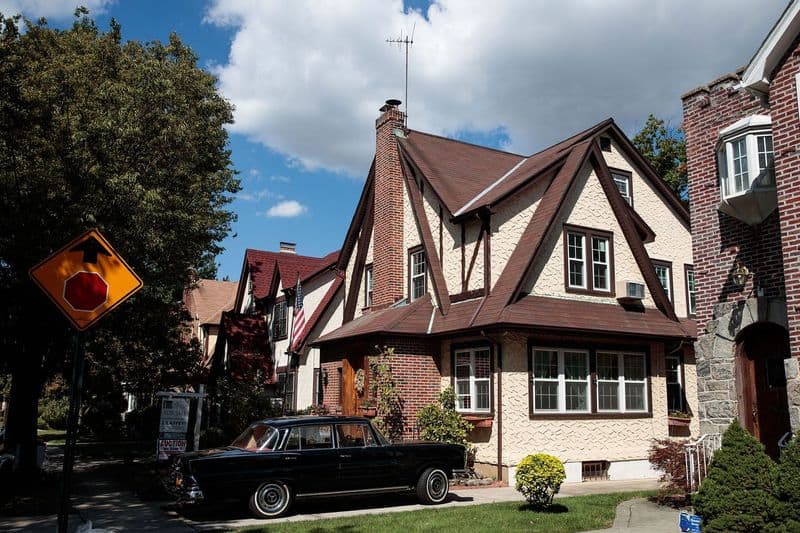
Fred C. Trump, Donald Trump’s father, constructed the Tudor-style home in Jamaica Estates, Queens, in 1946. It served as the family’s residence until Donald turned four.
The house, with its rich architectural design, was a testament to Fred’s vision and ambition as a budding real estate developer.
It provided a nurturing environment for young Donald, setting the stage for his future endeavors.
The craftsmanship and attention to detail in the home are reflective of the era’s construction standards.
2. A Brief Family Residence
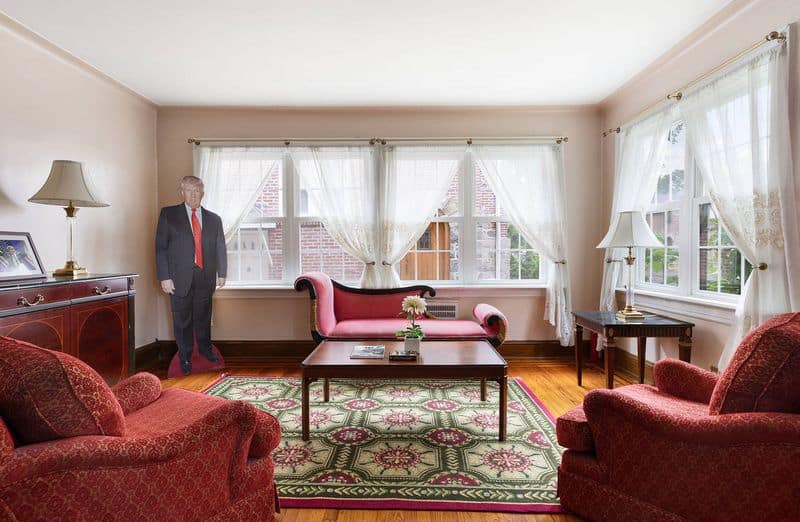
The house in Jamaica Estates was home to the Trump family for a brief period, from 1946 until 1950.
During these formative years, young Donald experienced the comforts of a family-oriented neighborhood.
The home was beautifully maintained and a reflection of the family’s status in the community.
The residence offered ample space for family gatherings and was imbued with the warmth and love that defined the early Trump family dynamics.
3. Change of Ownership
In 2017, the house was sold for $2.14 million in an all-cash transaction to Michael X. Tang, a lawyer representing overseas Chinese investors.
This marked a significant change in the home’s history, attracting international interest due to Donald Trump’s growing influence.
Despite its historical significance, the house’s fate took a turn as its upkeep waned, leading to later sales at reduced prices.
The international allure highlighted the global interest in Trump’s legacy.
4. A Decline into Neglect
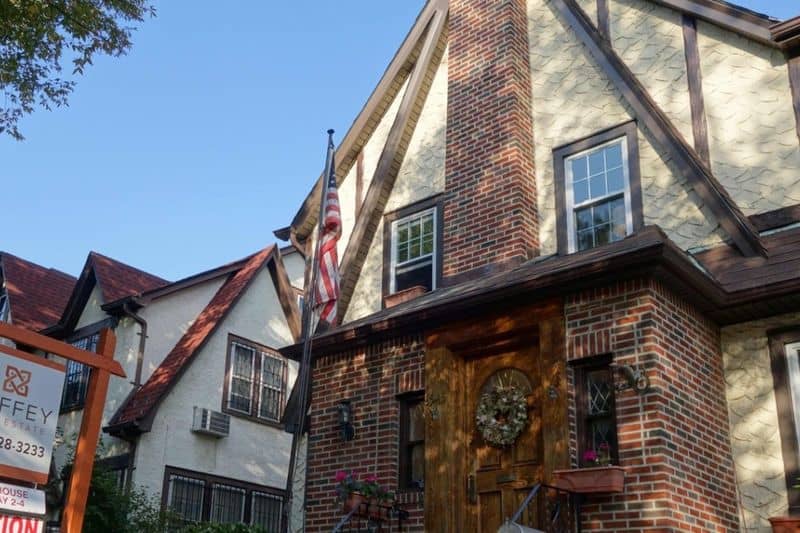
Sadly, the home fell into disrepair over the years, with its once pristine appearance marred by neglect.
The garden, once a vibrant display of greenery, became overgrown, turning the house into an eyesore.
Neighbors took it upon themselves to maintain the lawn, aiming to preserve the neighborhood’s aesthetic appeal.
The decline highlighted the challenges faced by properties with storied pasts when not properly maintained or cherished by new owners.
5. A Furry Invasion
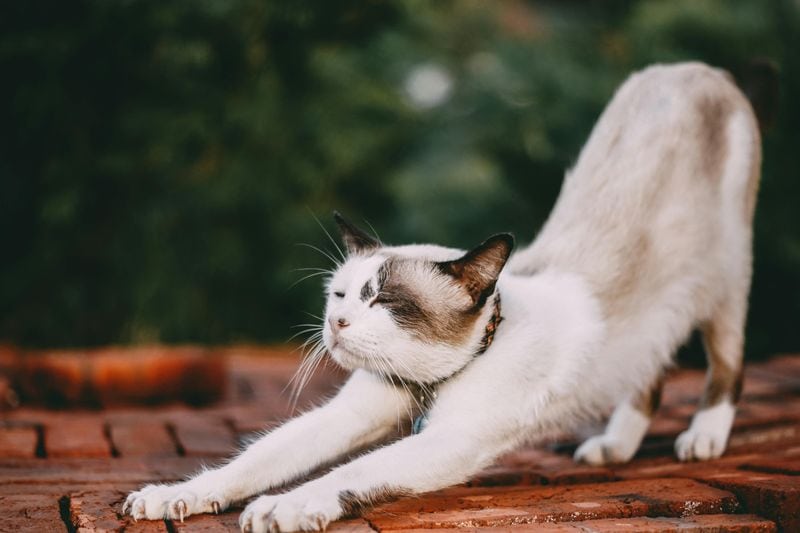
The house became a haven for feral cats, adding an unexpected twist to its history.
Volunteers began tending to these feline residents, turning the property into an unofficial cat sanctuary.
The cats roamed freely, with the overgrown garden providing ample hiding spots.
This quirky chapter in the home’s history became a local talking point, with animal lovers stepping in to ensure the well-being of these furry inhabitants.
6. A Pricey Investment
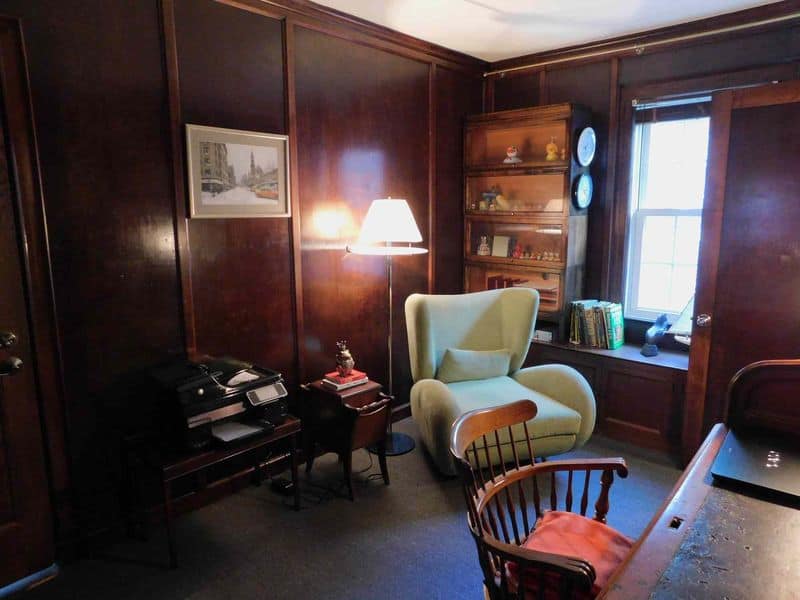
The home’s sale price plummeted in 2023, selling for $835,000 to the 1388 Group LLC.
This was less than half of its 2017 value, reflecting the impact of neglect on its market worth.
Despite its condition, the home remained a valuable investment due to its connection to Donald Trump.
The sale to a Brooklyn-based LLC highlighted ongoing interest from investors hoping to capitalize on the property’s historical value.
7. Neoclassical Charm
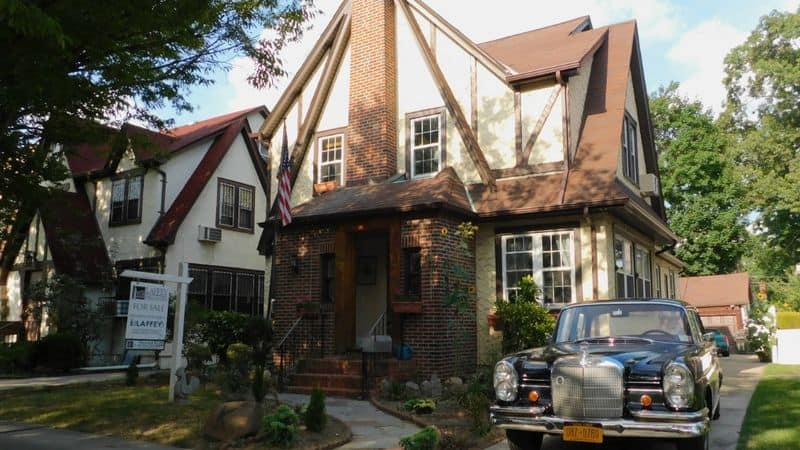
The home’s Tudor-style architecture is a charming example of neoclassical design, featuring distinctive elements like steeply pitched roofs and decorative half-timbering.
These details provided an elegant façade that captured the essence of mid-20th century American suburbs.
The architectural charm of the home, while faded, remains a testament to the design trends popular during its construction.
Its unique style continues to draw admiration from architectural enthusiasts.
8. Airbnb Experience
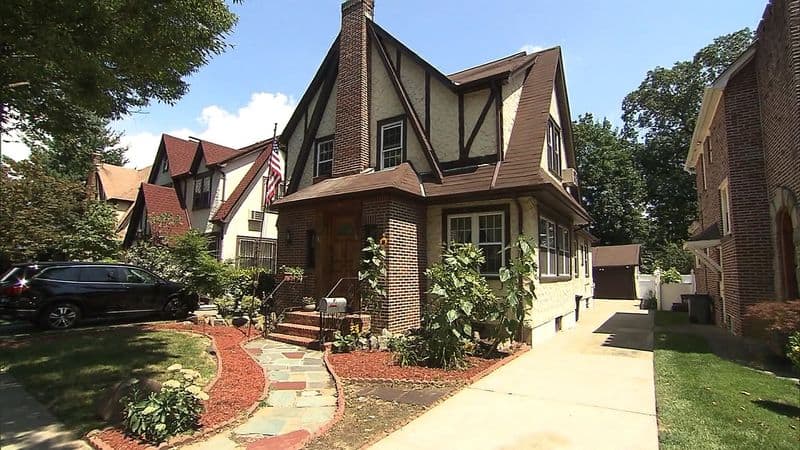
For a brief period, the house was listed on Airbnb, offering guests a unique opportunity to stay in Donald Trump’s childhood home.
The listing attracted a diverse group of visitors, eager to experience a piece of presidential history.
Staying in the home allowed guests to immerse themselves in the ambiance of a bygone era, walking the same halls as young Donald once did.
This venture offered an intimate glimpse into the everyday life of the early Trump family.
9. Community Involvement
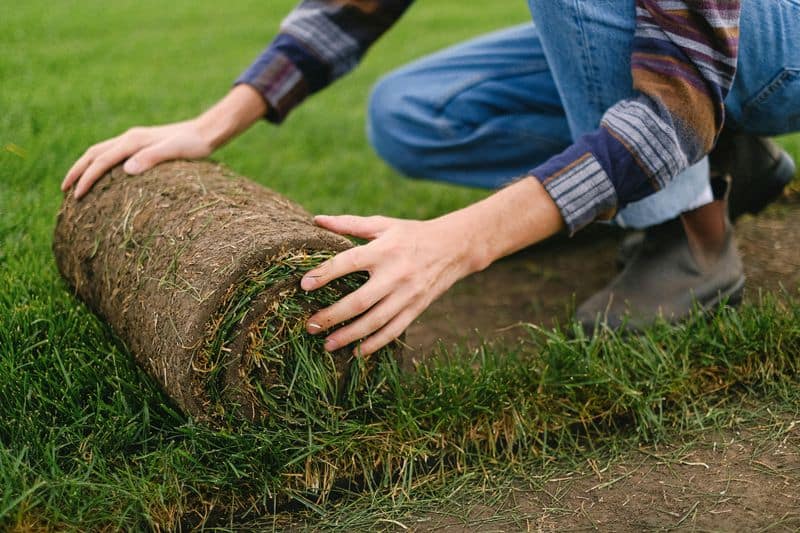
Despite the home’s decline, the surrounding community rallied to maintain its appearance.
Neighbors volunteered their time and resources to keep the lawn tidy, preserving the neighborhood’s charm.
Their efforts underscored the strong sense of community in Jamaica Estates, where residents banded together to uphold their shared environment.
This collaborative spirit emphasized the importance of communal responsibility in maintaining local heritage.
10. Mold and Mildew Woes
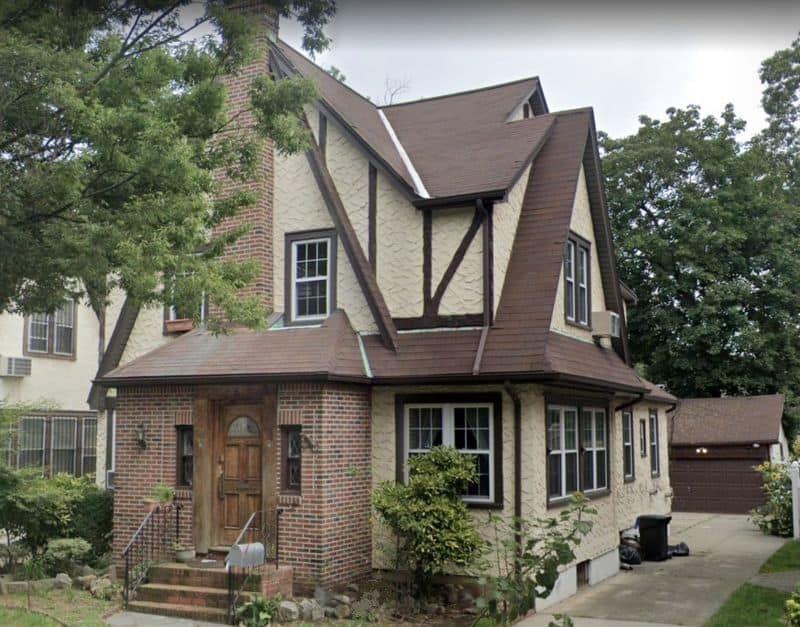
A burst water pipe in the basement led to mold growth, compounding the home’s issues.
The damp conditions created an unhealthy environment, requiring significant remediation efforts.
This incident shone a light on the importance of regular maintenance to prevent such deterioration.
The mold problem added another layer of complexity to the home’s restoration needs, emphasizing the challenges faced by properties with historical significance when neglected.

